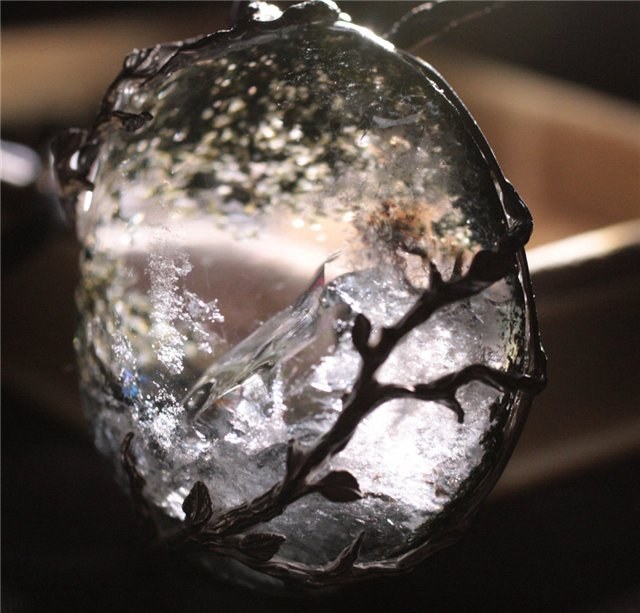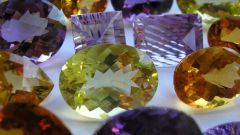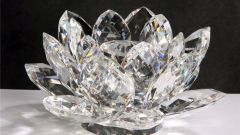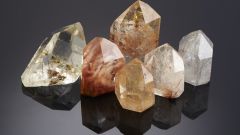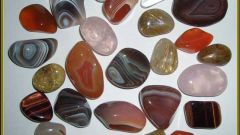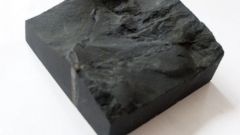You will need
- glass, sharp awl or a knife, magnifier
Instruction
1
Carefully look into the stone. If inside the noticeable air bubbles or specks of dust in front of you a glass fake. Rhinestone is not a fossil resin but a mineral with a solid structure, so no foreign objects and air bubbles in it. Another distinguishing feature glass fakes – the existence of sivley (this is a characteristic of the strip produced during the flow of a viscous thick liquids). Glass, solidification, may retain such traces. Therefore, if you notice that the clearance made to purchase a product is not worth it.
2
Rhinestone is quartz. In its structure it is much stronger than glass, so spend a little experiment. Take a sharp awl or a well-sharpened knife and try to scratch the surface of the stone. The glass is very easy to leave marks and scratches, but in order to damage the rhinestone you need to work hard. Also a test of strength, you can arrange with a hammer (not the store, of course). From the glass will not be over, and the crystal stones can only break up, if not will not be affected
3
Glass has a thermal conductivity above, it very quickly heats and cools. Take the stone in hand and try to warm up. If the temperature has changed quickly – before your glass, but if the stone is warmer, but still feel the difference with your body temperature – before you real crystal. Can try items on, to determine the thermal conductivity much faster.
Note
Despite the strength of quartz, he can fall to flake and crack – no mineral is immune. Do not think that this rhinestone durable thing in the world and cannot be damaged. Handle the stone carefully.
Useful advice
It is easy to determine the strength of the stone, as if to hold it on the glass surface. Insofar rhinestone durable glass, that kind of manipulation on the glass will leave a mark. But if you scratch and nothing happens – you're holding a fake.
